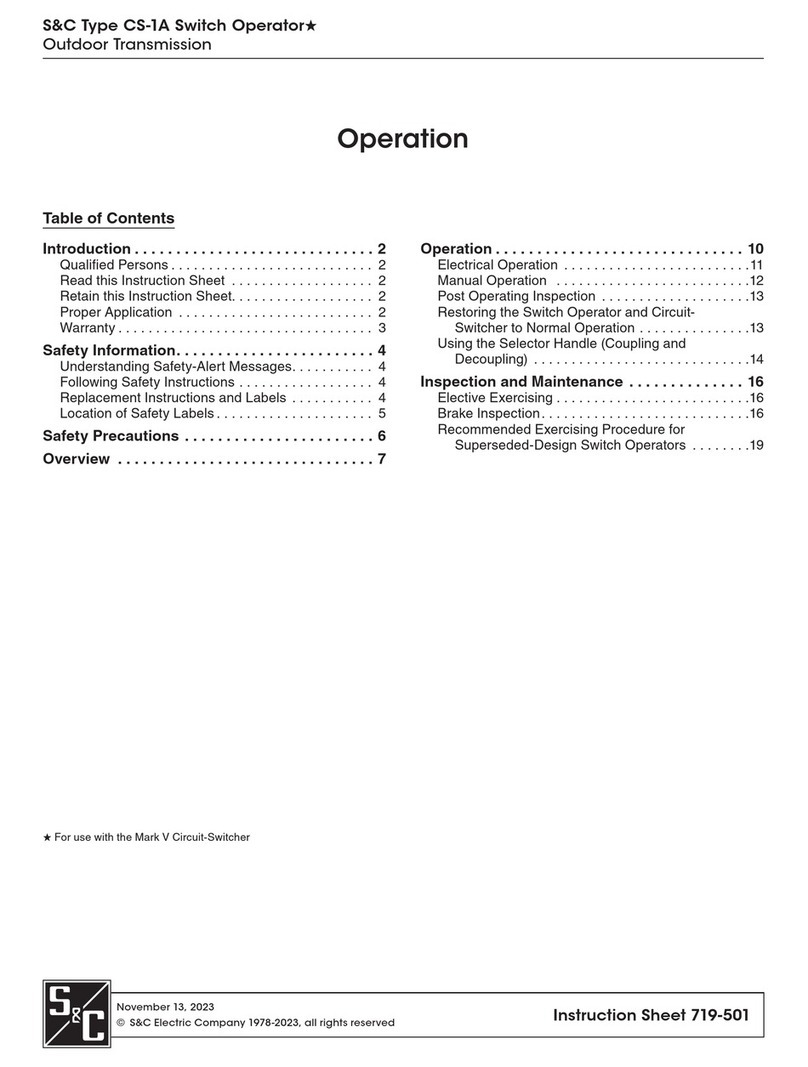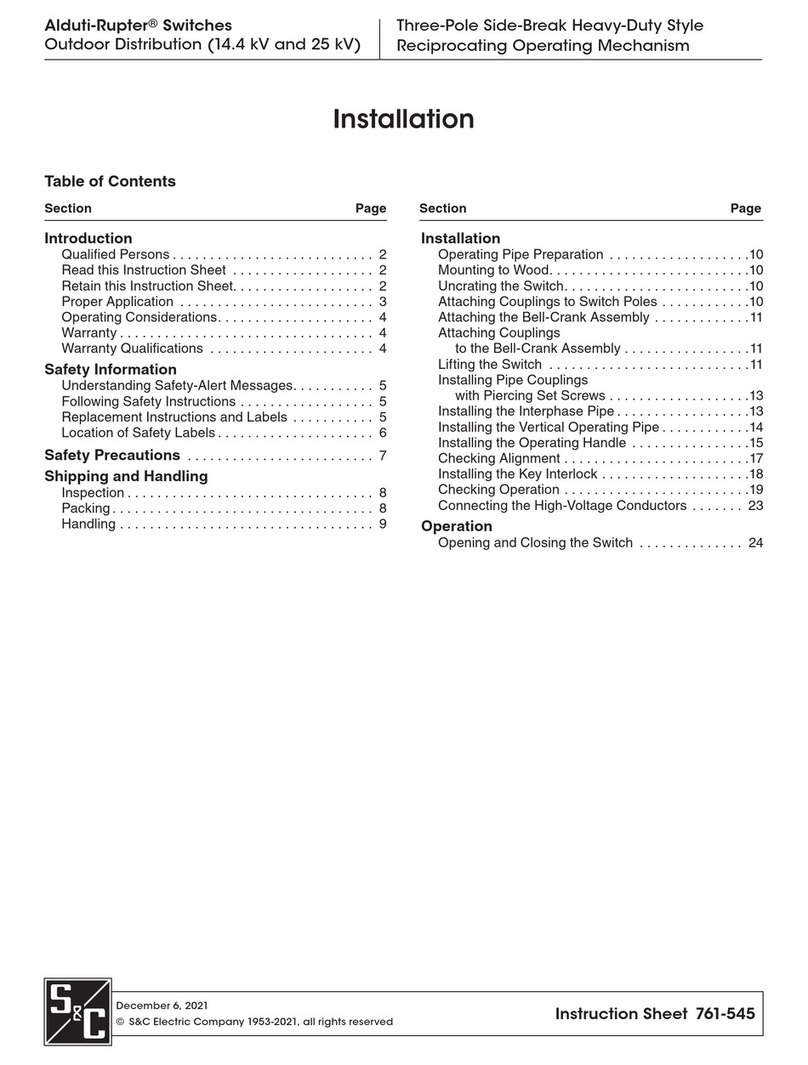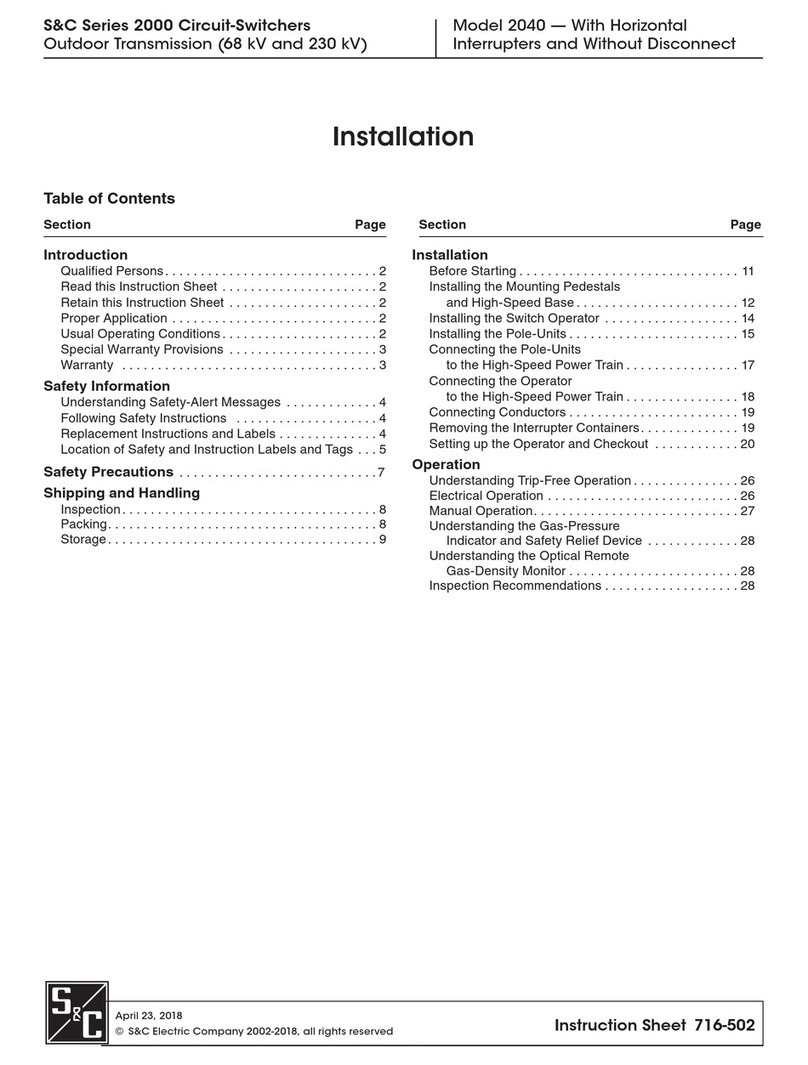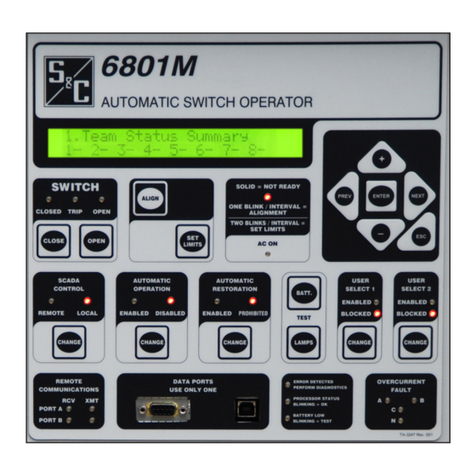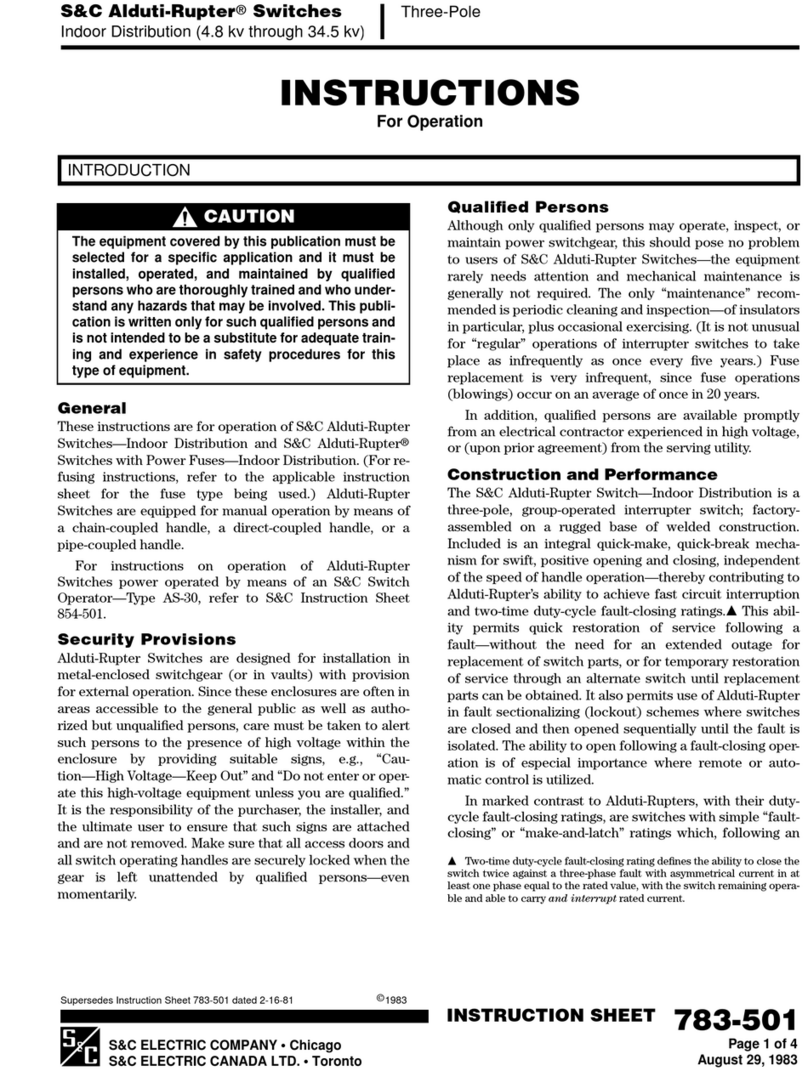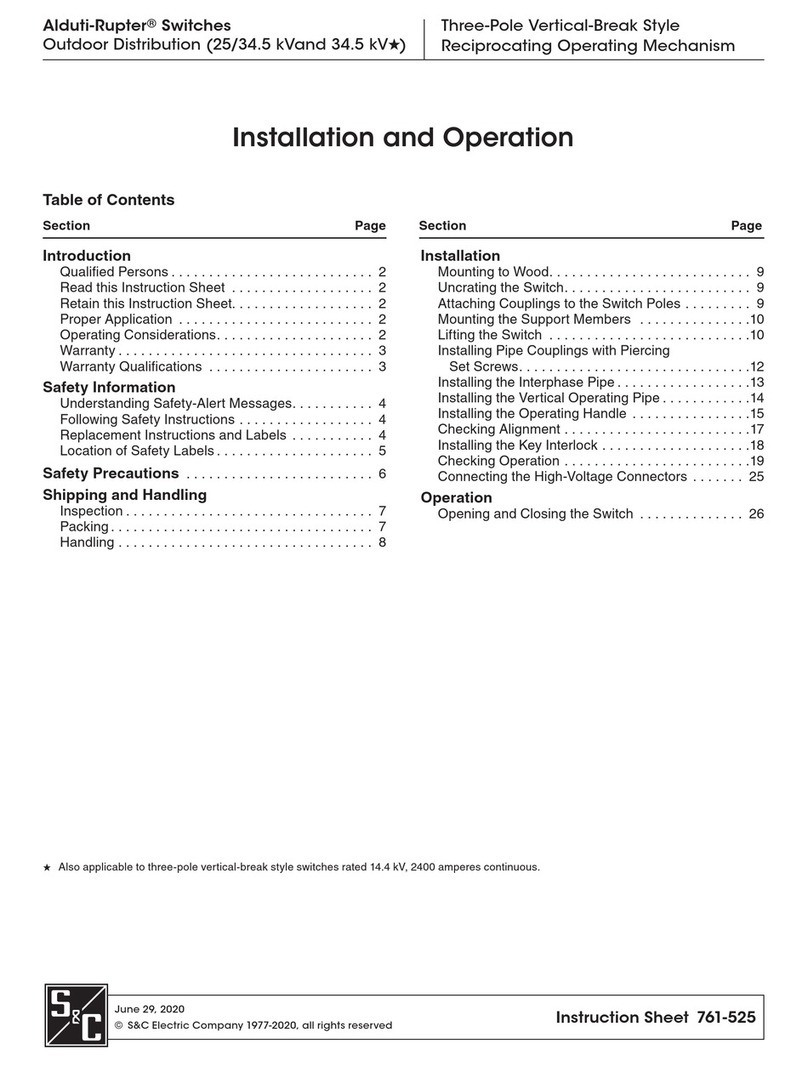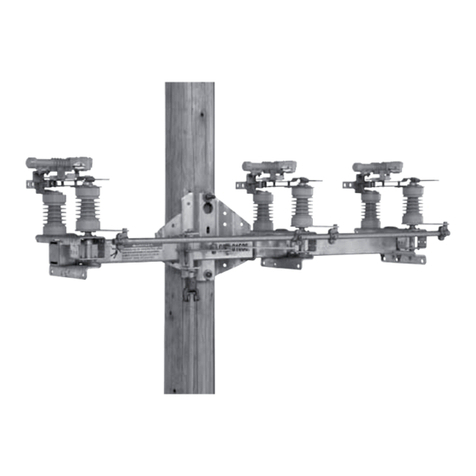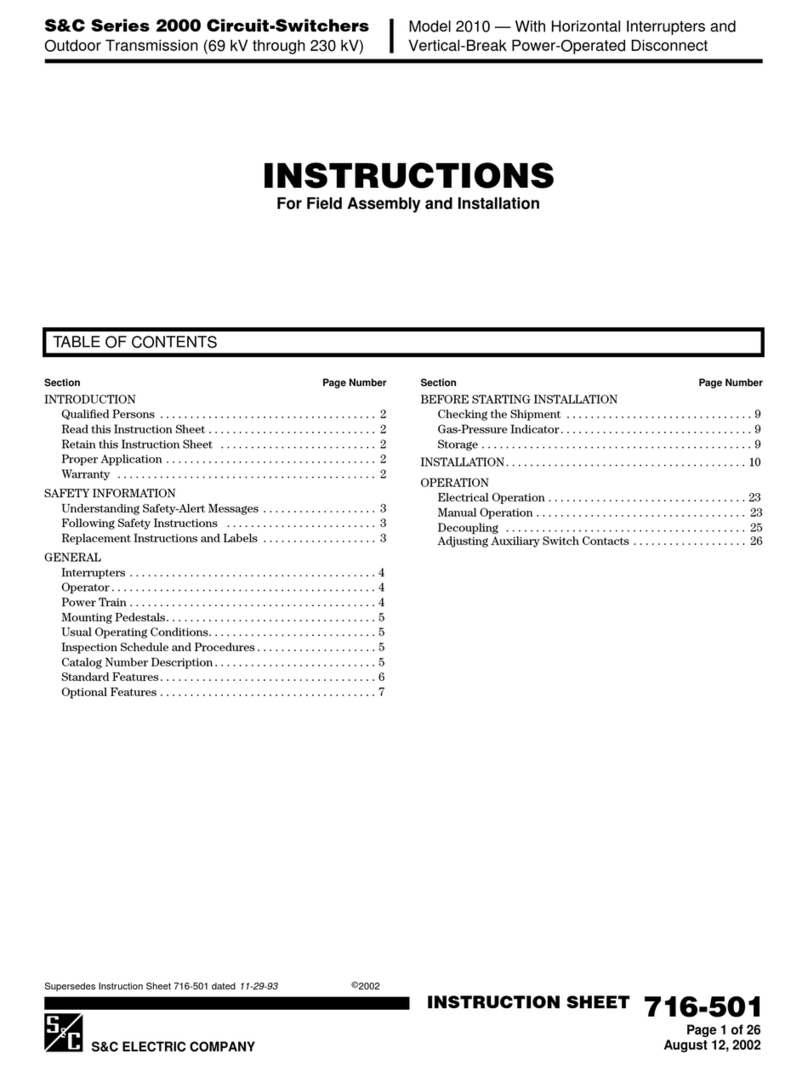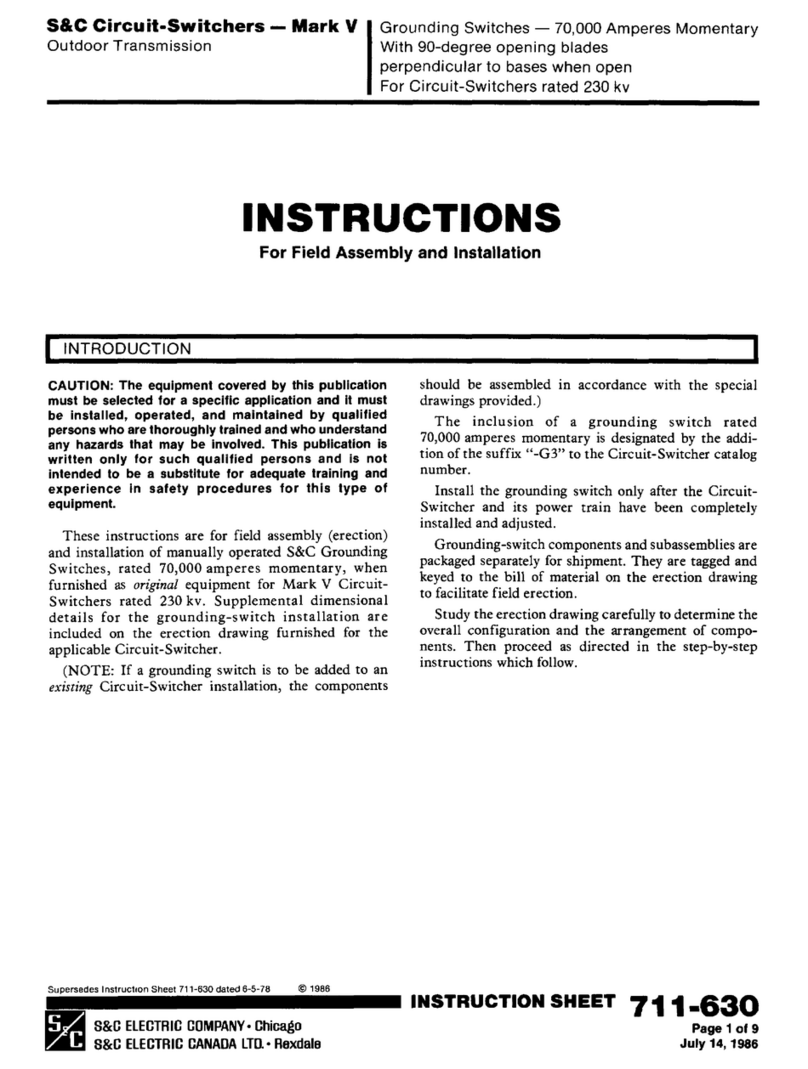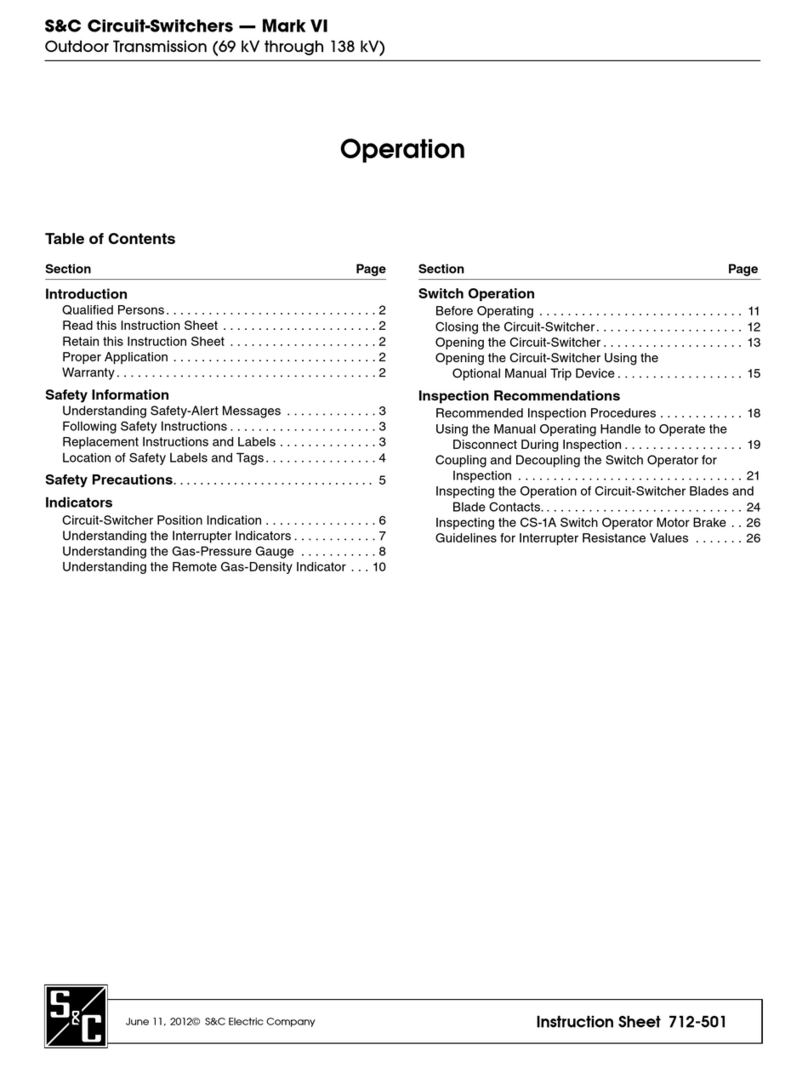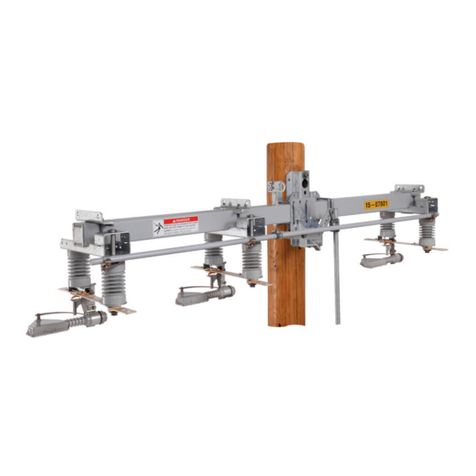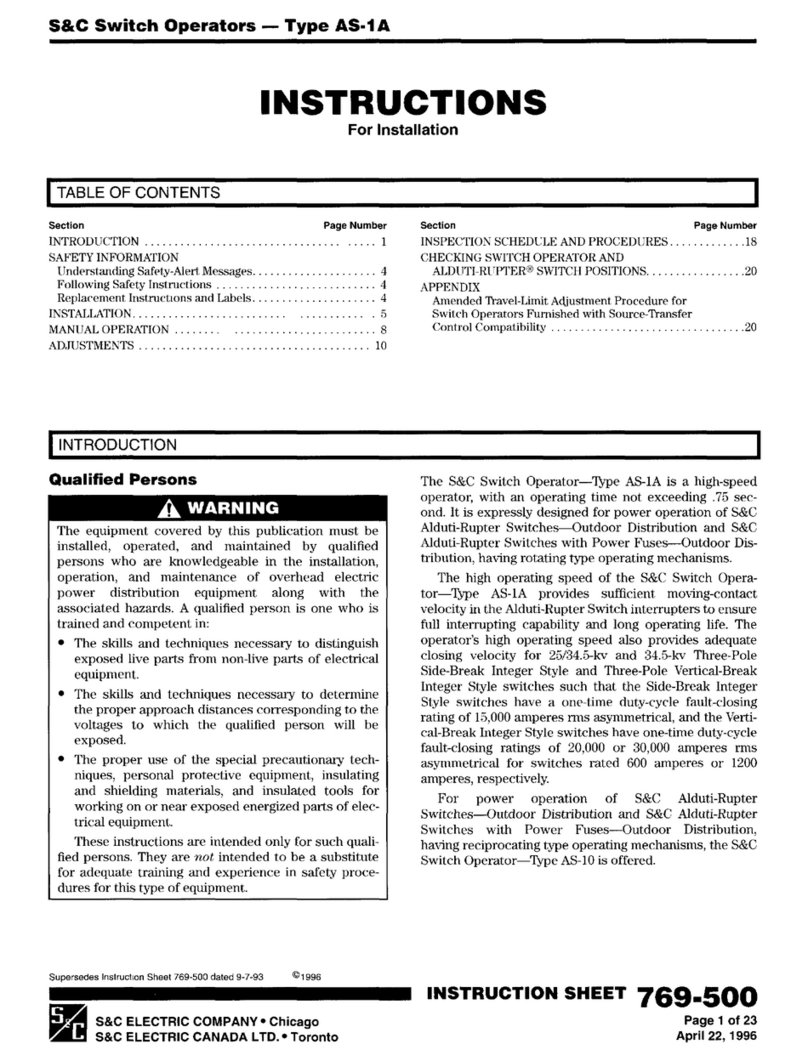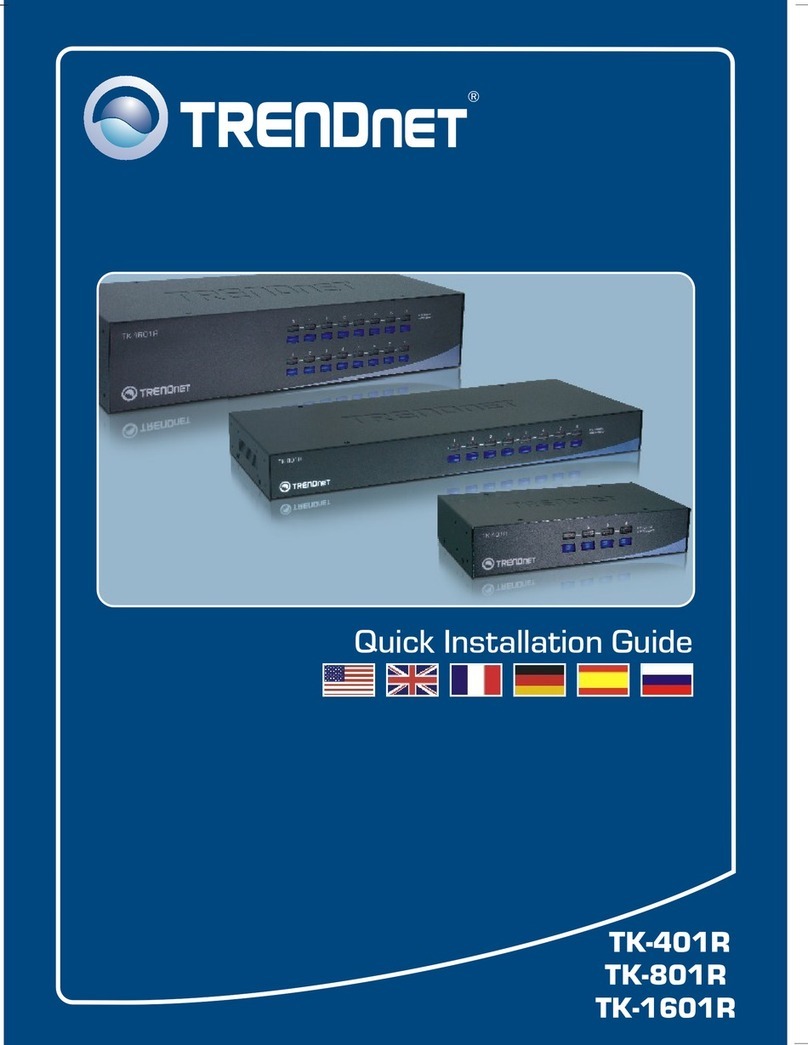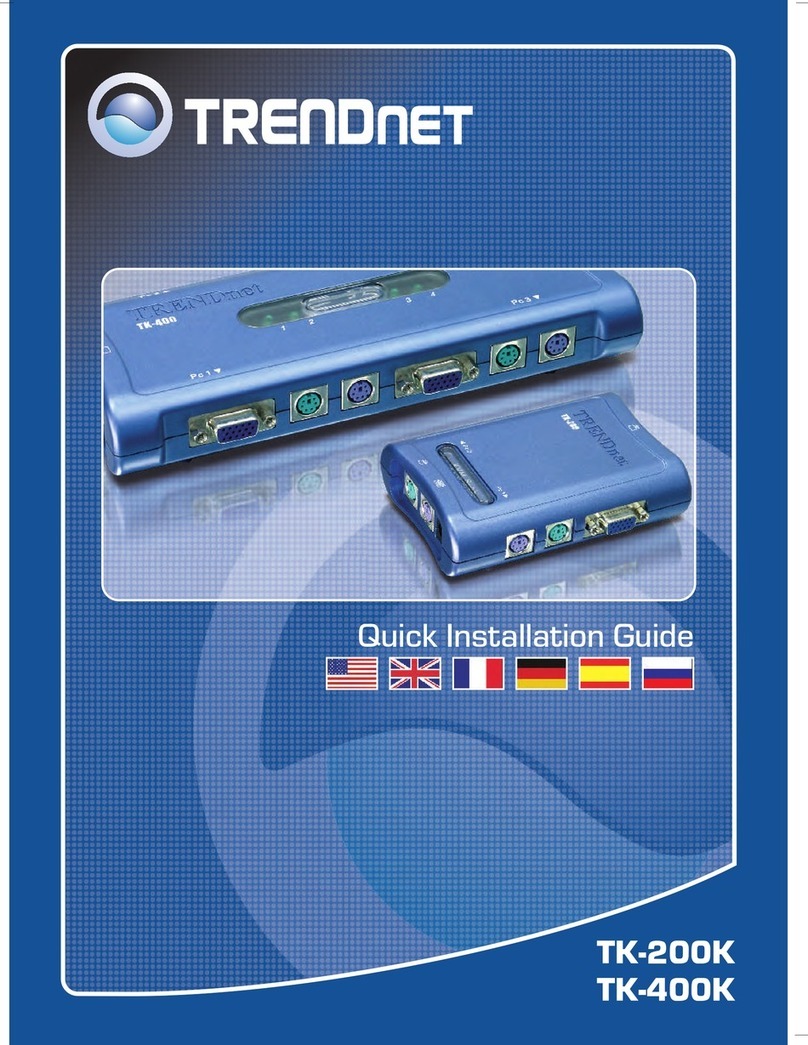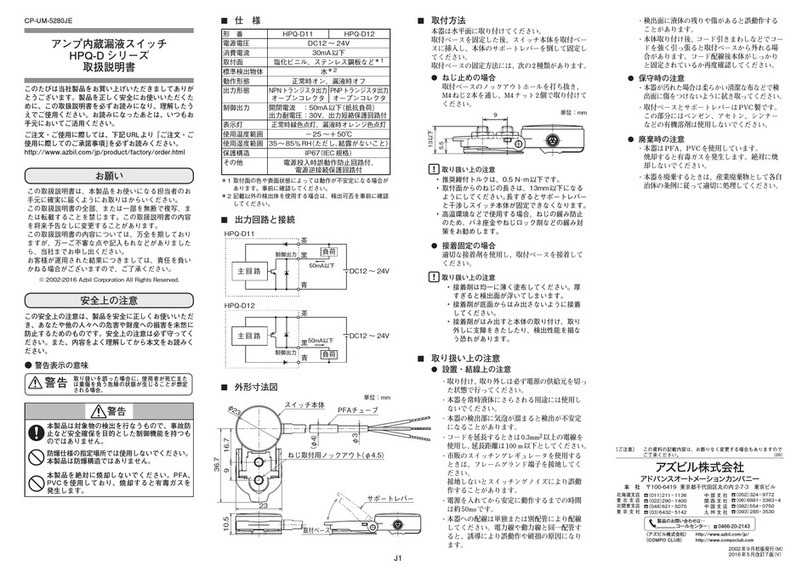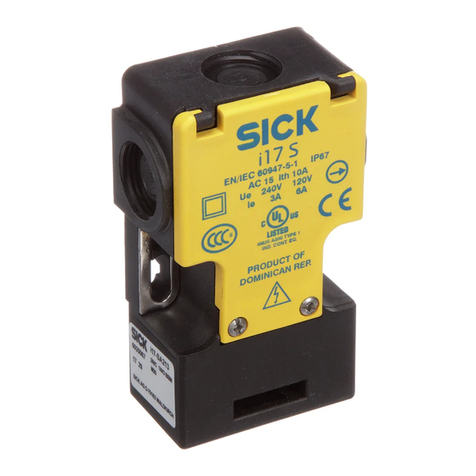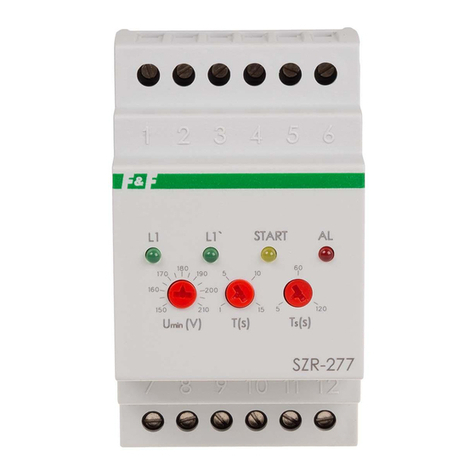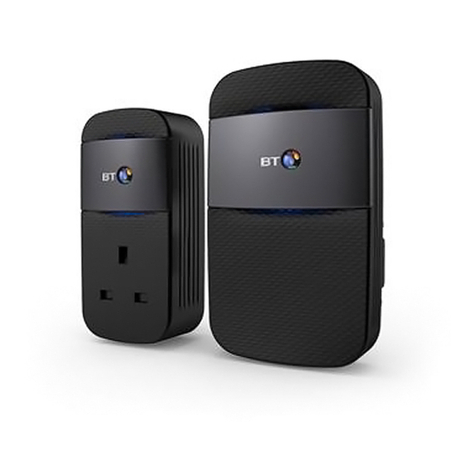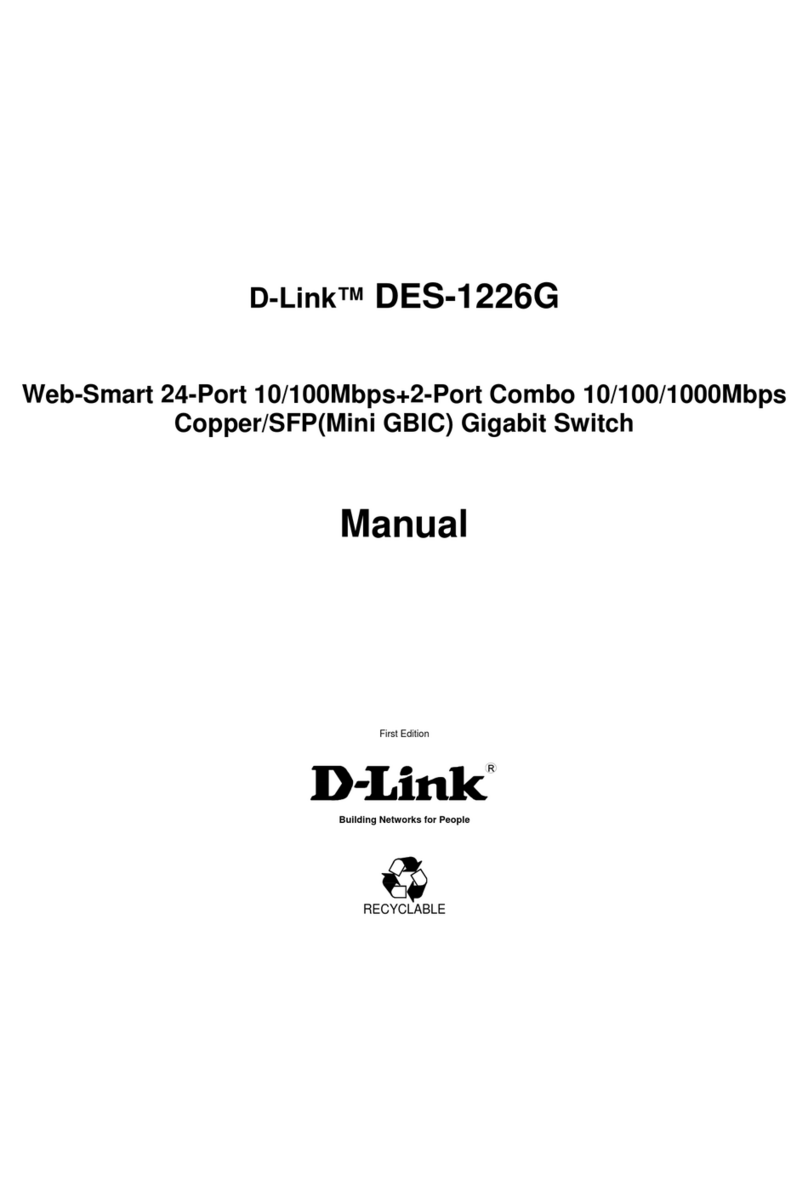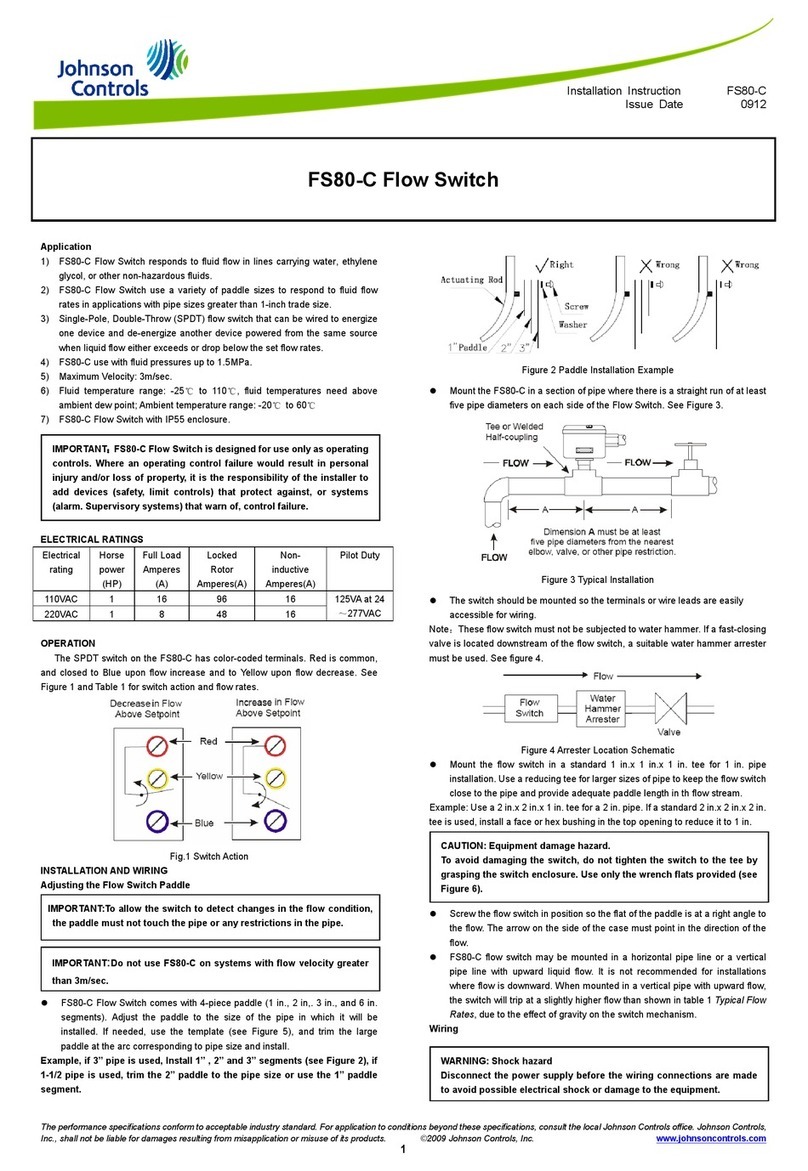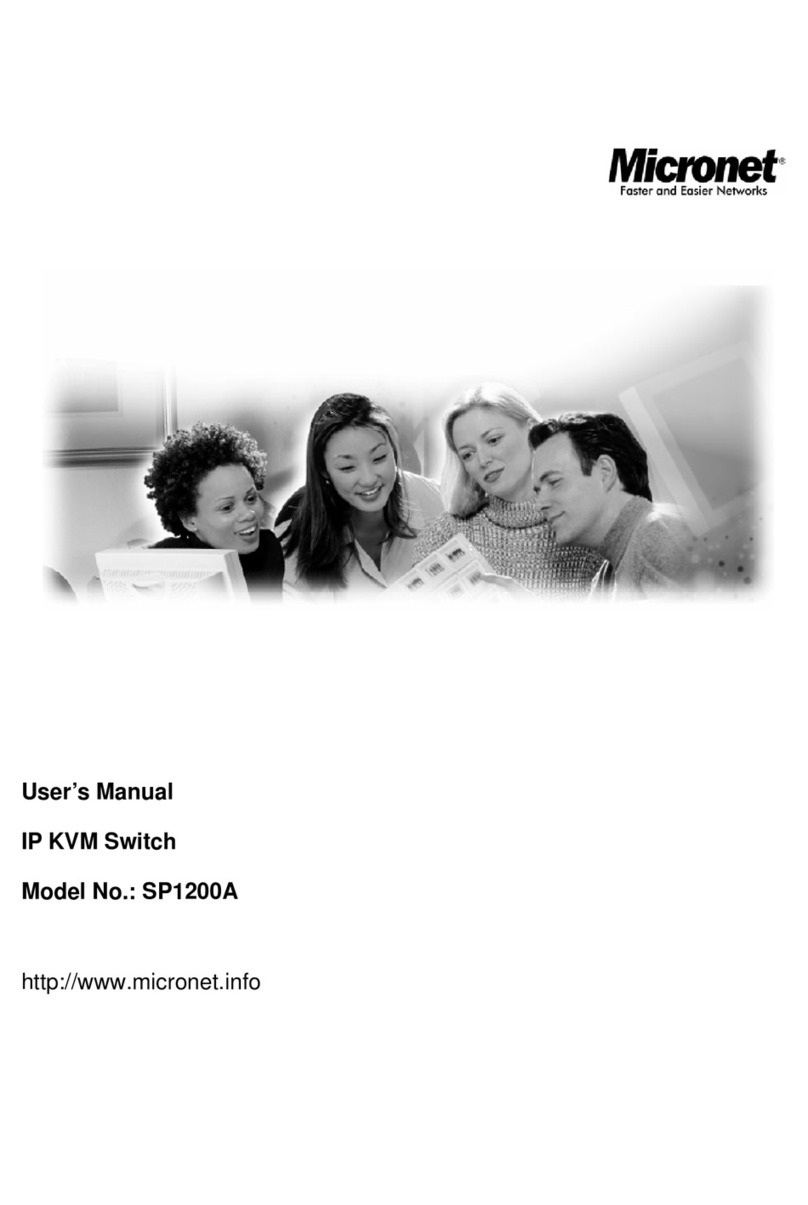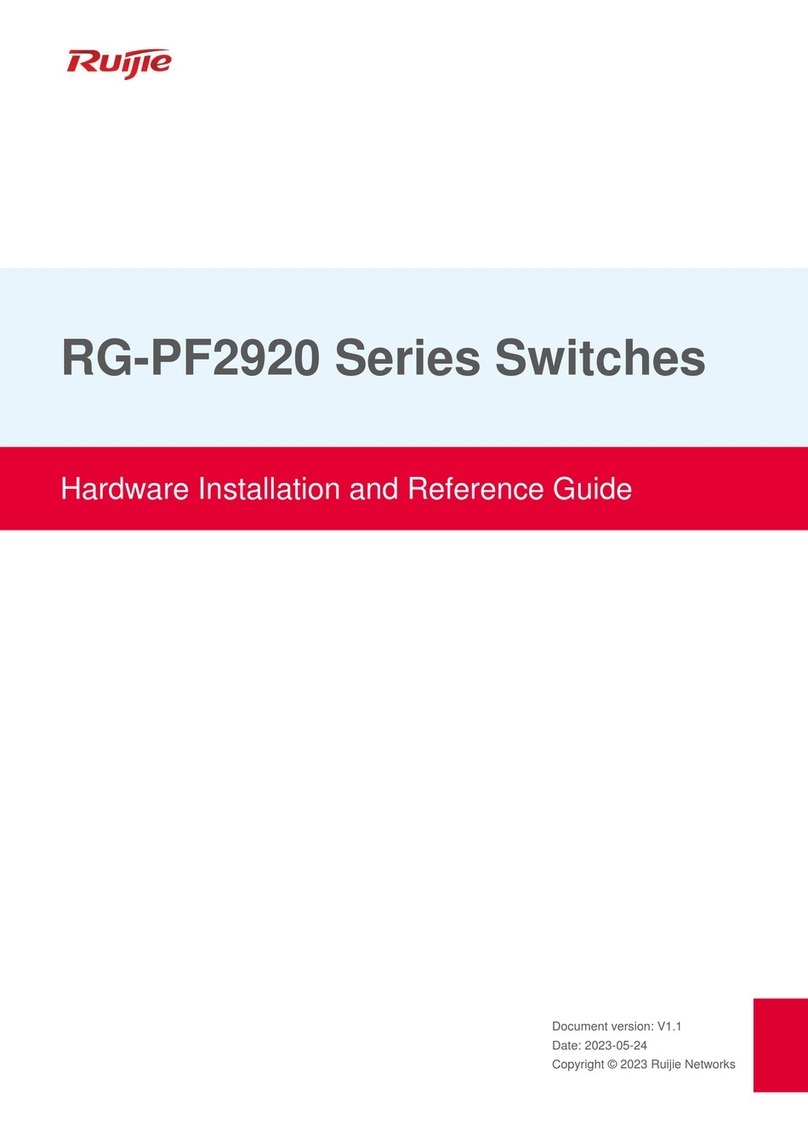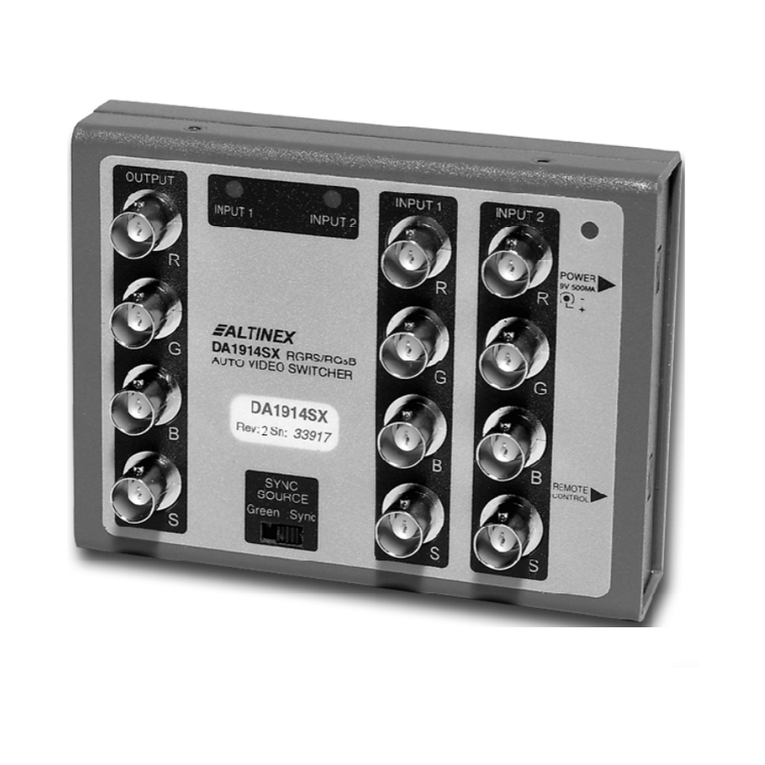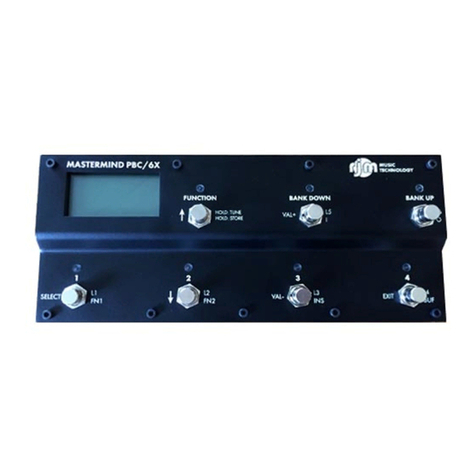
S&C Instruction Sheet 695-545 7
Components
S&C Vista SD Underground Distribution Switchgear
features load-interrupter switches and microprocessor-
controlled fault interrupters for the switching and
protection of 600-ampere main feeders and 200-
or 600-ampere taps, laterals, and sub-loops. These
elbow-connected components are encapsulated in an
environmentally friendly solid-dielectric insulating
material. Vista SD switchgear is available in ratings
through 27 kV and 16 kA symmetrical interrupting.
S&C Visi-Gap load-interrupter switches use a vac-
uum interrupter in series with a manually operated
two-position isolating disconnect for three-pole live
switching of 600-ampere three-phase circuits. Load-
interrupter switches comply with IEEE Standard 1247
and IEC Standard 62271-103. They feature an easy-to-
operate manual operating mechanism.
S&C Visi-Gap fault interrupters use a vacuum inter-
rupter in series with a manually operated two-position
isolating disconnect for three-pole load switching of
200- or 600-ampere circuits and fault interrupting through
16kA symmetrical at 15 kV and through 12.5kA symmetri-
cal at 27 kV. Fault interrupters comply with both IEEE
Standard C37.60 and IEC Standard 62271-111.
Load-interrupter switches and fault interrupters can
be directly opened and closed using the manual handle.
Opening and closing speed of the vacuum interrupters is
not dependent upon the speed with which the handle is
moved. Operating shafts are padlockable in either position.
Factory-installed and wired motor operators, to facili-
tate remote power operation of load-interrupter switches
and fault interrupters, are optionally available. They can
be decoupled from the operating mechanisms to permit
testing without changing the positions of the switches or
fault interrupters. The motor operators require a user-
furnished 100-240 Vac 50/60-Hz control power source;
they’re controlled from a hand-held, cable-connected
portable remote control pendant.
Easy-to-follow mimic bus and indicators on the front of
the switchgear convey the positions of the load-interrupter
switches and fault interrupters (and their isolating dis-
connects), and whether a fault interrupter has tripped on
a fault. The default color scheme is green for the OPEN/
RESET indicator and red for the CLOSED indicator. These
colors will be reversed (i.e., green for the CLOSED indi-
cator and red for the OPEN/RESET indicator) if catalog
number suffix “-J1” has been specified.
Large viewing windows provide a clear view of the iso-
lating disconnects, allowing operating personnel to easily
confirm the positions of the load-interrupter switches and
fault interrupters.
Load-interrupter switch terminals are equipped with
field-replaceable 600-ampere rated bushing adapters. Fault
interrupter terminals are equipped with 200-ampere rated
bushing adapters. Fault interrupters may be optionally
equipped with 600-ampere bushing adapters in lieu of
200-ampere bushing adapters. Bushing and bushing-well
adapter interfaces conform to IEEE Standard 386 and
accept all standard insulated connectors and inserts rec-
ognized by this standard.
The self-powered overcurrent control can be programmed
using a personal computer connected to the control
through a USB cable. The control features a variety of fuse
and relay time-current characteristic (TCC) curves that
comply with IEEE Standard C37.112.


